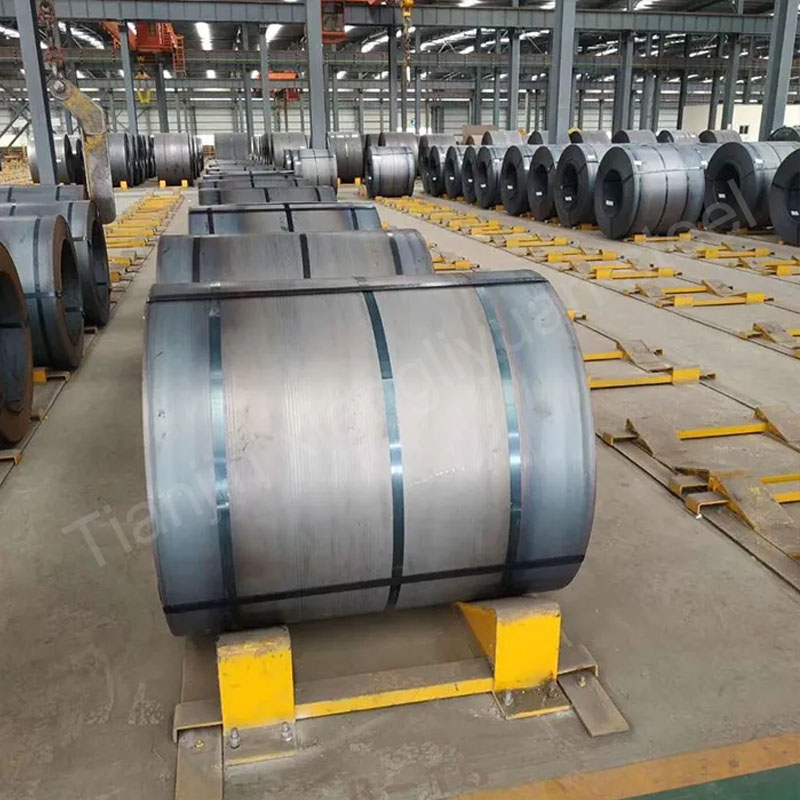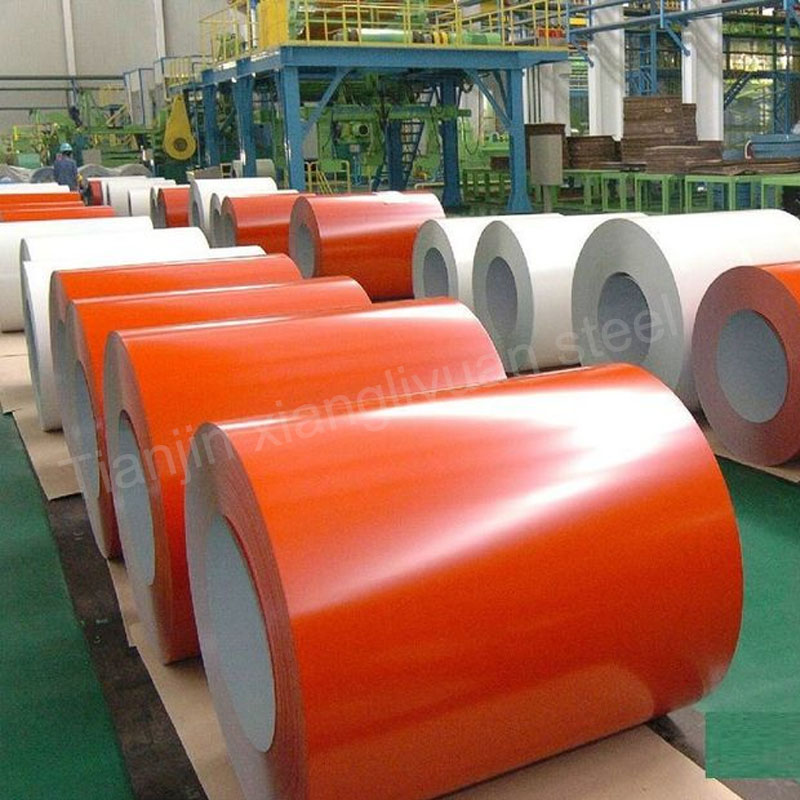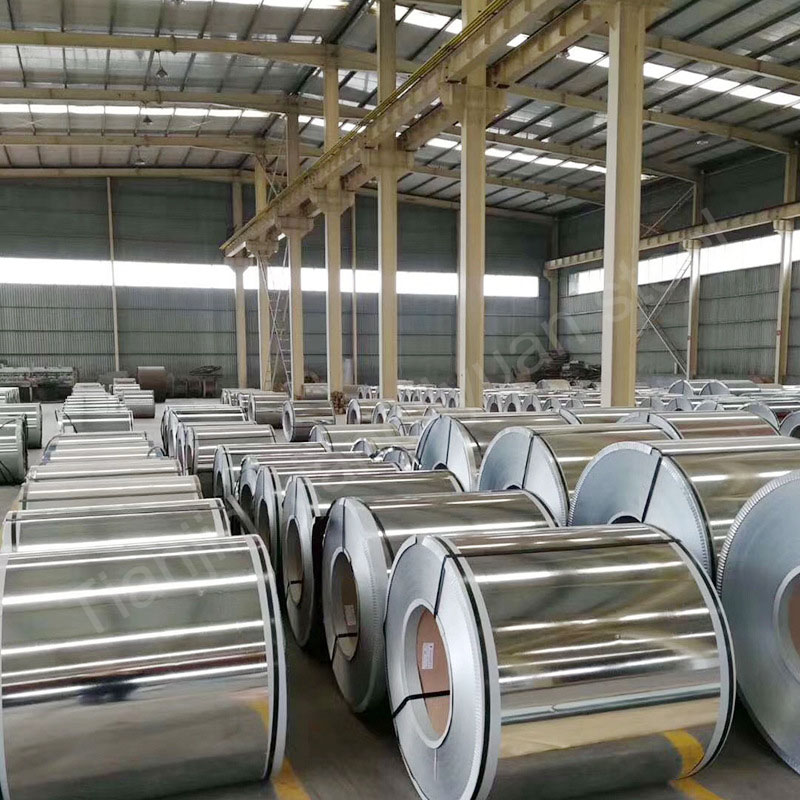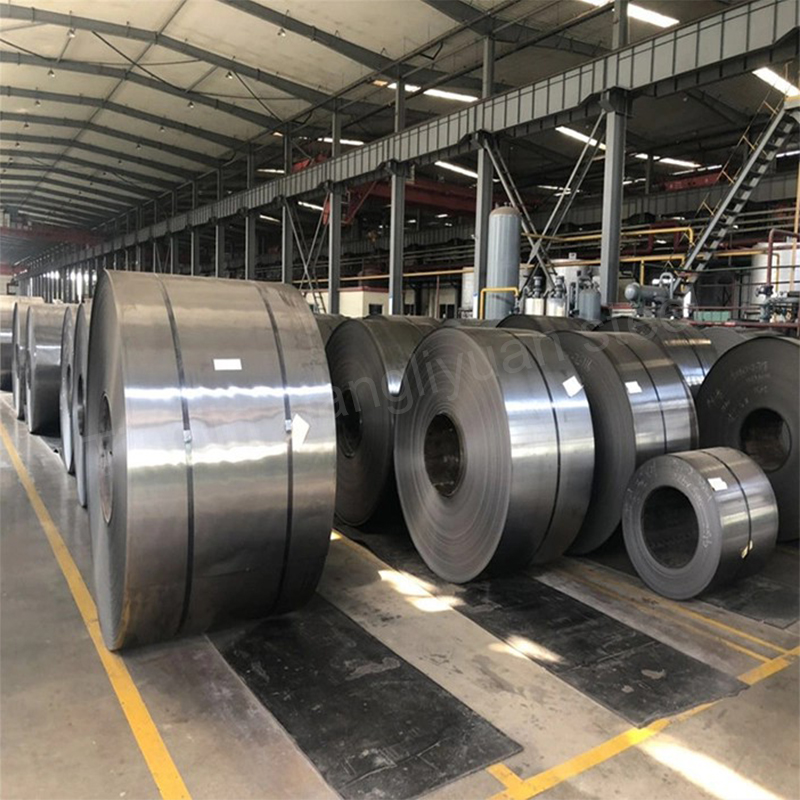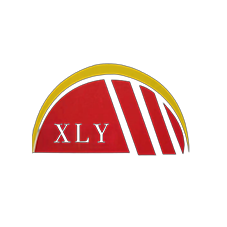Carbon Steel Coil is a common steel product. Its quality and performance need to meet the standards of various countries and regions. These standards have detailed provisions in terms of chemical composition, mechanical properties, processing characteristics, etc. The following is an overview of the standards for carbon steel coils in some major countries and regions:
Chinese Standards (GB)
In China, the production and quality control of carbon steel coils are mainly based on national standards (GB). Common standards are:
GB/T 700-2006: specifies the requirements for ordinary carbon structural steel, such as Q235, Q195, etc.
GB/T 1591-2018: for low-alloy high-strength structural steel, such as Q345 series.
GB/T 912-2022: specifies the technical requirements for hot-rolled carbon structural steel and low-alloy structural steel sheets and strips.
Chinese standards focus on the chemical composition and mechanical properties of steel, while considering the processing performance in actual engineering.
American Standards (ASTM)
The commonly used carbon steel coil standards in the United States are formulated by ASTM (American Society for Testing and Materials), including:
ASTM A36: Applicable to carbon structural steel plates and coils, widely used in construction and machinery.
ASTM A1011/A1011M: Covers standards for hot-rolled carbon steel and high-strength low-alloy steel plates and strips.
ASTM A283: Specifies low-strength carbon steel plates, divided into four grades: A, B, C, and D.
American standards focus on the strength, ductility and welding properties of materials, and emphasize the diversity of application areas.
Korean Standards (KS)
The carbon steel coil standards in South Korea are formulated by the Korea Industrial Standards Association (KS), and the commonly used standards include:
KS D 3515: Hot-rolled steel plates and strips for ordinary structures.
KS D 3512: Standards for hot-rolled and cold-rolled steel plates for automobiles, meeting the needs of the automotive industry.
Korean standards are greatly influenced by Japanese JIS standards, and are adjusted to meet the needs of local industries.
Japanese Standard (JIS)
Japan’s carbon steel coil standards are dominated by the Japanese Industrial Standards (JIS), and the representative standards are:
JIS G 3101: Hot-rolled steel for ordinary structures, such as SS400.
JIS G 3131: Provisions for hot-rolled mild steel plates and strips.
JIS G 3134: Hot-rolled high-strength steel plates and strips for automotive structures.
Japanese standards focus on material uniformity and processing accuracy, and have a good reputation in the manufacturing industry.
German Standard (DIN)
German carbon steel coil standards are promulgated by the German Industrial Standards (DIN), and the commonly used standards are:
DIN EN 10025-2: Technical delivery conditions for hot-rolled structural steel, including S235, S275, S355, etc.
DIN EN 10111: Hot-rolled steel plates and strips of low-carbon steel for cold forming.
German standards are known for their strictness and precision, and have high requirements for the durability and reliability of materials.
European Standard (EN)
European carbon steel coil standards are EN standards, which are applicable to multiple countries. Common standards include:
EN 10025-2: specifies hot-rolled steel products of non-alloy structural steel.
EN 10130: Standard for cold-rolled low-carbon steel sheets and strips, used in the automotive and home appliance industries.
European standards focus on environmental protection and sustainability, while emphasizing product traceability.
Russian Standard (GOST)
Russian carbon steel coil standards are formulated by the State Standard (GOST). Common standards include:
GOST 380: Standard for ordinary carbon steel, such as Ст3 (St3).
GOST 1050: Technical conditions for high-quality carbon structural steel.
GOST 14637: Specifications for hot-rolled carbon steel sheets and strips.
Russian standards focus on the cold resistance and corrosion resistance of materials, and are suitable for harsh climatic conditions.
The carbon steel coil standards of different countries and regions differ in chemical composition, performance indicators and testing methods, reflecting their respective industrial characteristics and application needs. In international cooperation, it is often necessary to make adaptive adjustments based on standards (such as ISO standards) to meet the needs of multiple parties.

